Some textures on walls and ceiling are pretty aggressive. This can especially be a problem if you want to put wallpaper over the texture, like we're planning in Greta's room. We have wallpapered over a slight orange peel texture in our last house with no issue but anything more than that, you'll want to smooth it out before wallpapering. The ceiling in here isn't the craziest texture we've ever seen, but it's definitely enough to clearly show through any wallpaper we apply, and ruin the look and adhesion. So if you have a similar situation, all you need is a few simple tools and a bit of time to smooth that texture out before you put your wallpaper on.

Tools Needed
• Taping knife (I like a nice wide one to keep the texture as even as possible - 14in)
• Drywall mud pan
• Joint compound
• Smaller taping knife (for scooping out the joint compound)
• Sanding Block
How to smooth out a textured wall or ceiling
1. Scrape your taping knife across the entire surface
Any wall or ceiling texture will leave behind little jagged points. Some of these are worse than others, but if you scrape your taping knife along the surface you can knock off these points and make the surface a little more smooth, which will help the joint compound go on easier.

Some textured surfaces will be too aggressive for this and may require sanding. If this is your case, goggles, a respirator, and an orbital sander will make this go a lot quicker.
2. Apply a thin layer of joint compound across the surface
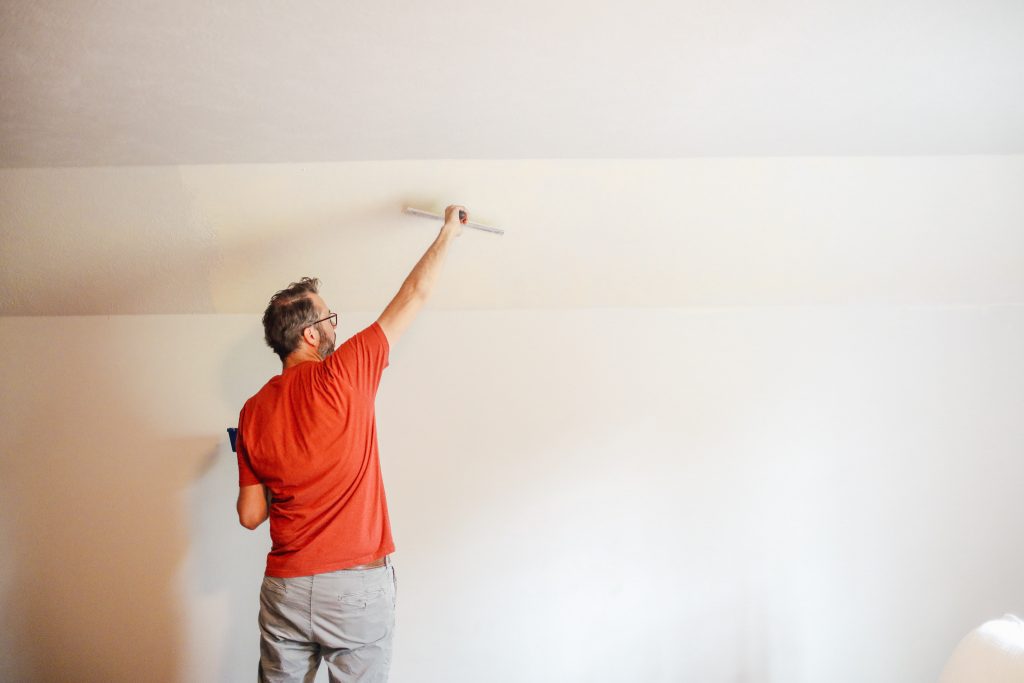
Using a small taping knife, scoop your joint compound out of the box and put it in the mud pan. Use the long taping knife to apply an even layer across the entire textured surface, working in areas about 2ftx2ft. Scrape any excess off to get the surface as smooth as you can. Do this across the entire area and allow to dry for 4-8 hours.

3. Sand and reapply if needed
Once the joint compound has dried, use a medium grit sanding block to sand the surface. Run your hand along it to ensure uniform texture. If needed, add some joint compound to any areas that may not have been covered the first time.

4. Prime
Before you apply wallpaper, you'll want to paint a coat of primer onto your newly smooth area. This will help the wallpaper adhere better to the surface.
With that little task out of the way, we're ready to get this wallpaper up! Hopefully in the next week or two, so stay tuned for that! And in case you wanted a little more detail on the de-texturing, we recorded a little video you can watch below. Can't wait to show you more as we work on this great space!
Leave a Reply

WE'RE CHRIS + JULIA
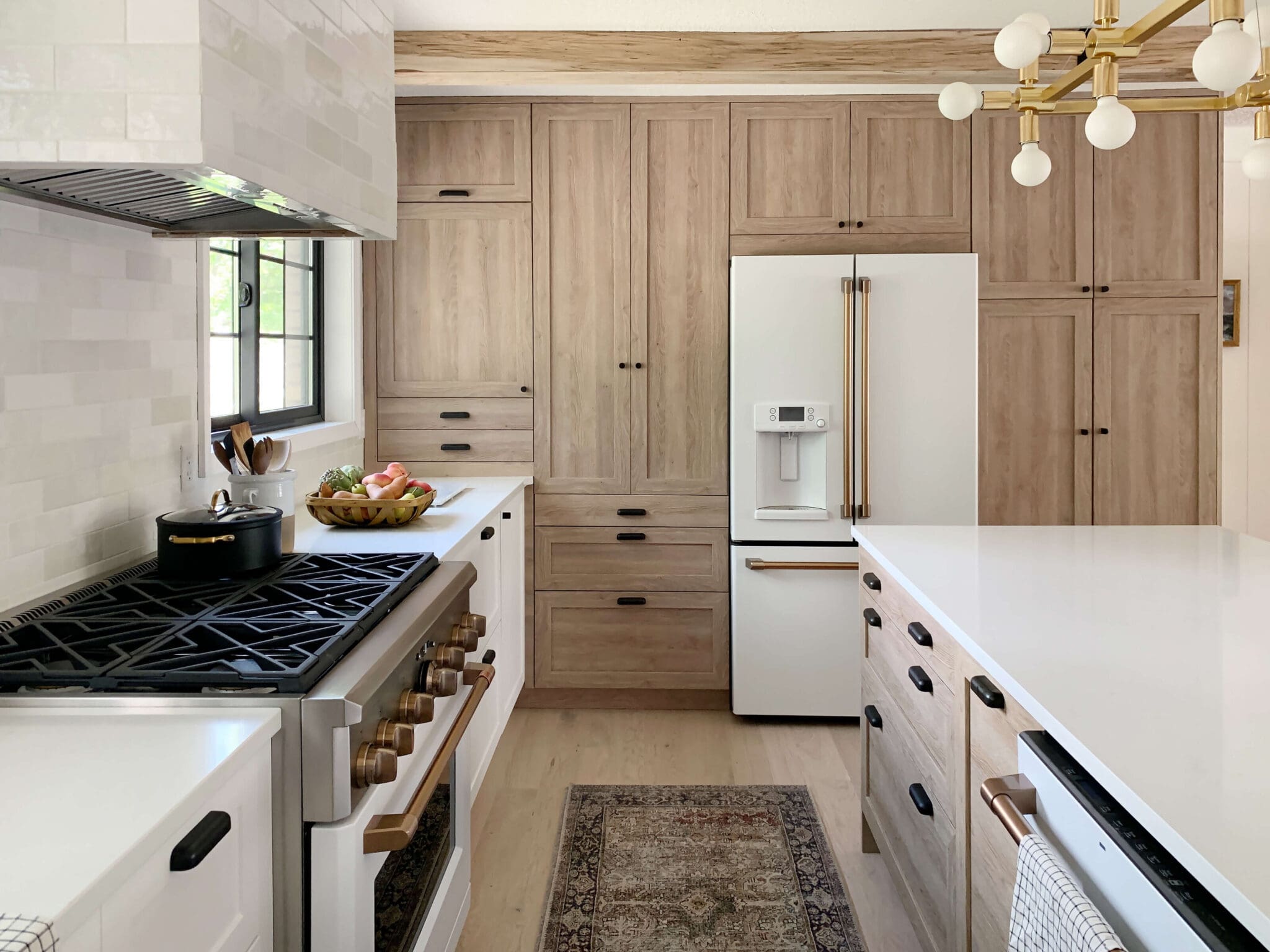
Portfolio
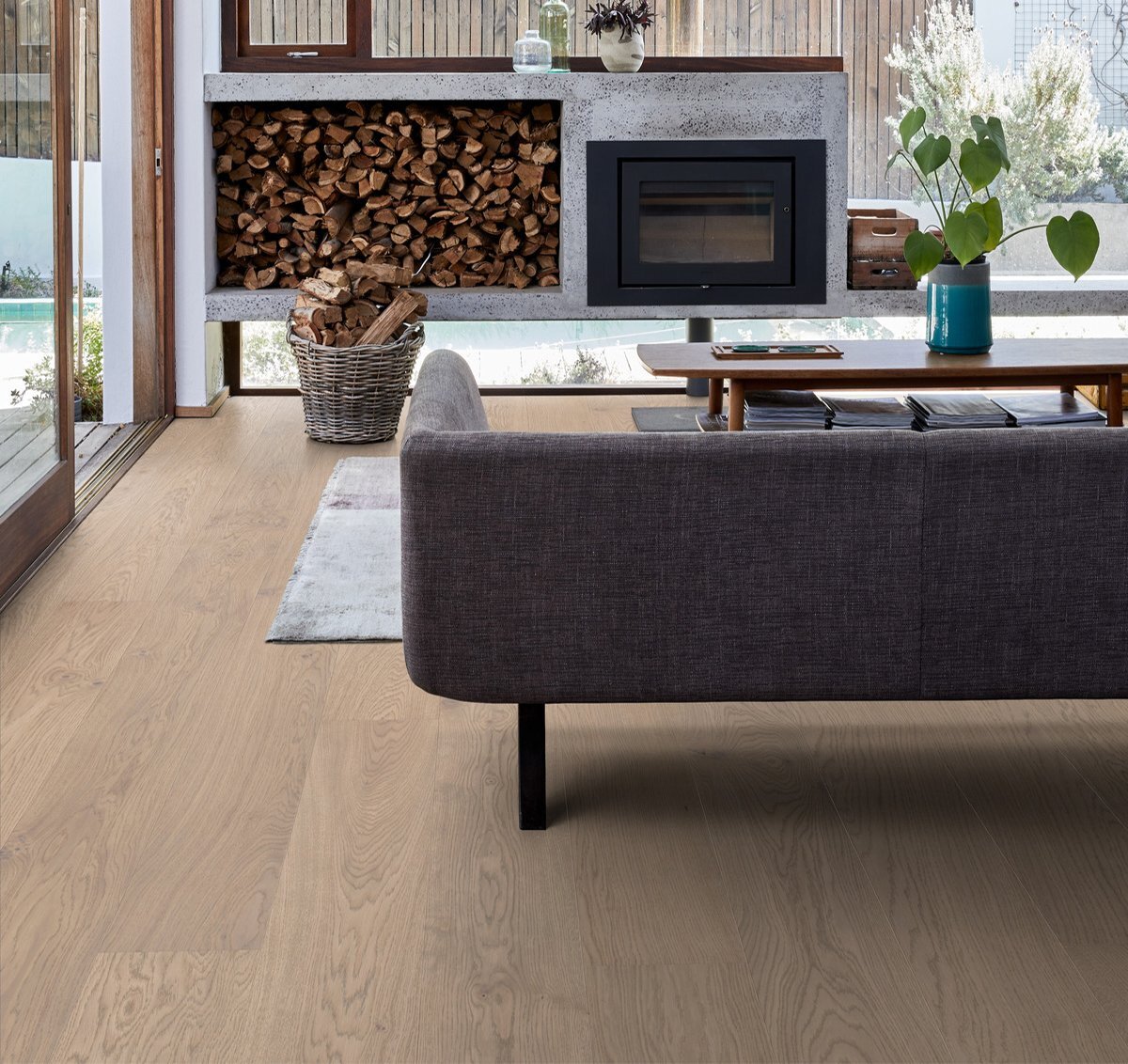
Projects
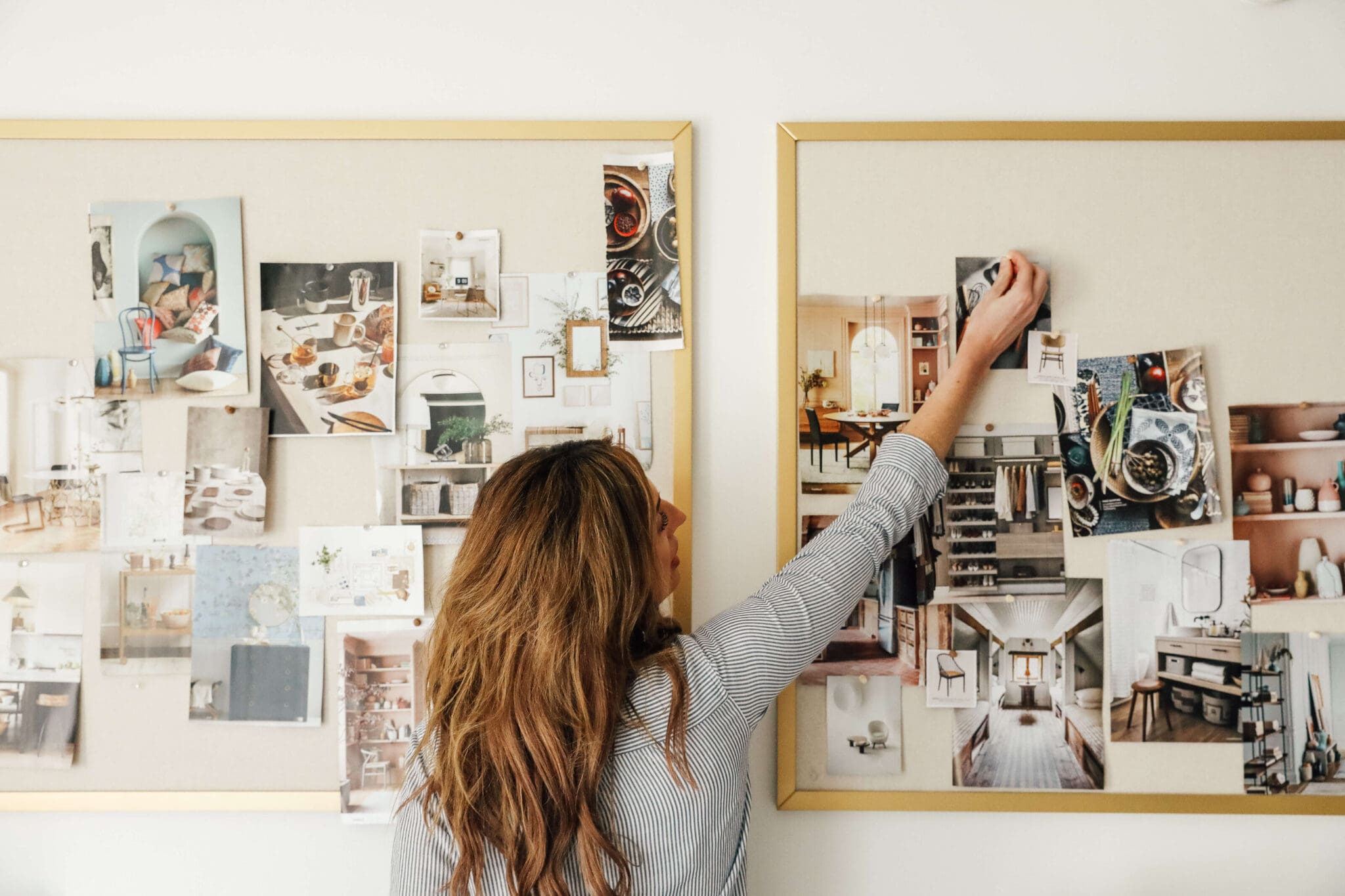

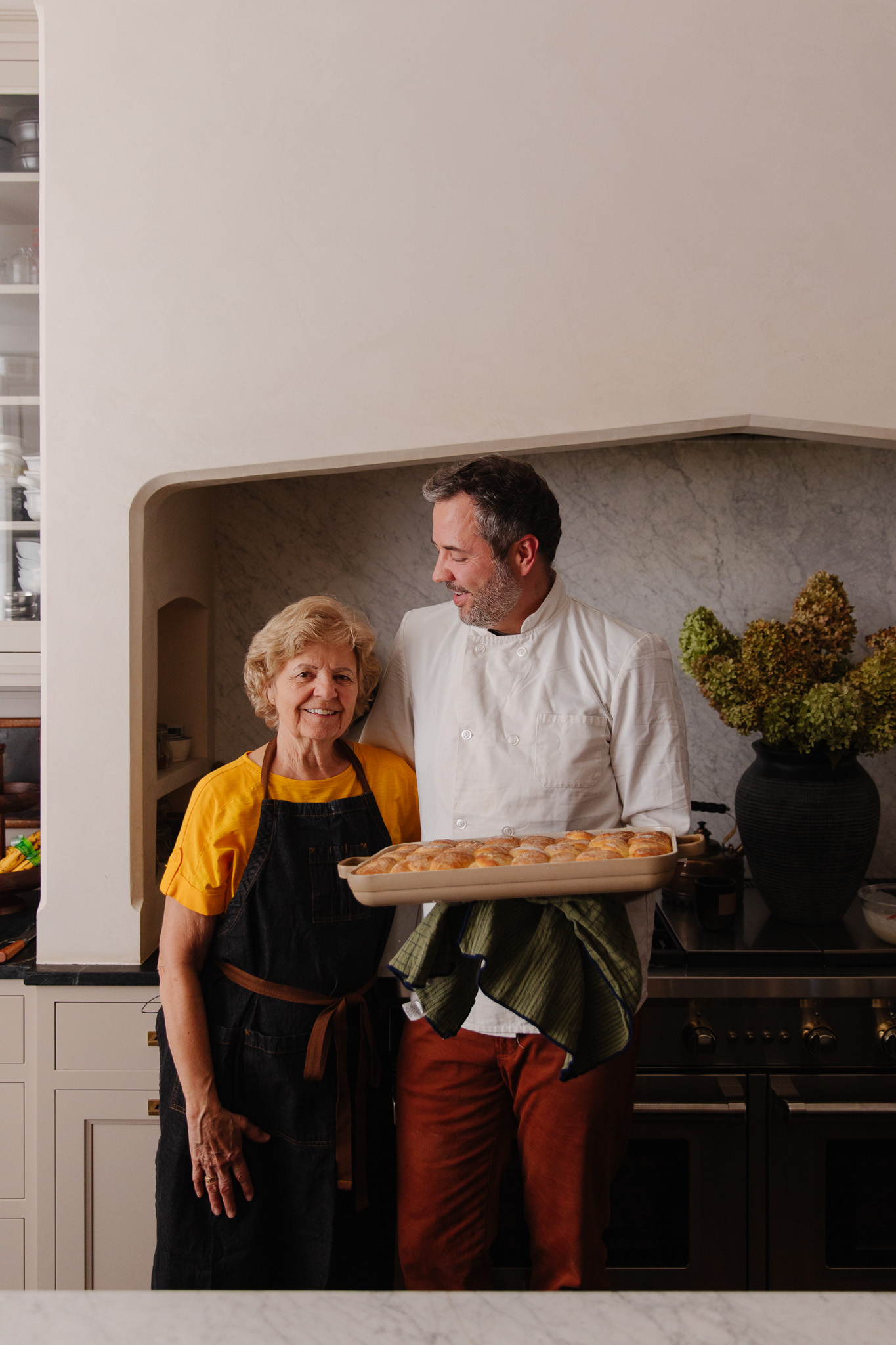



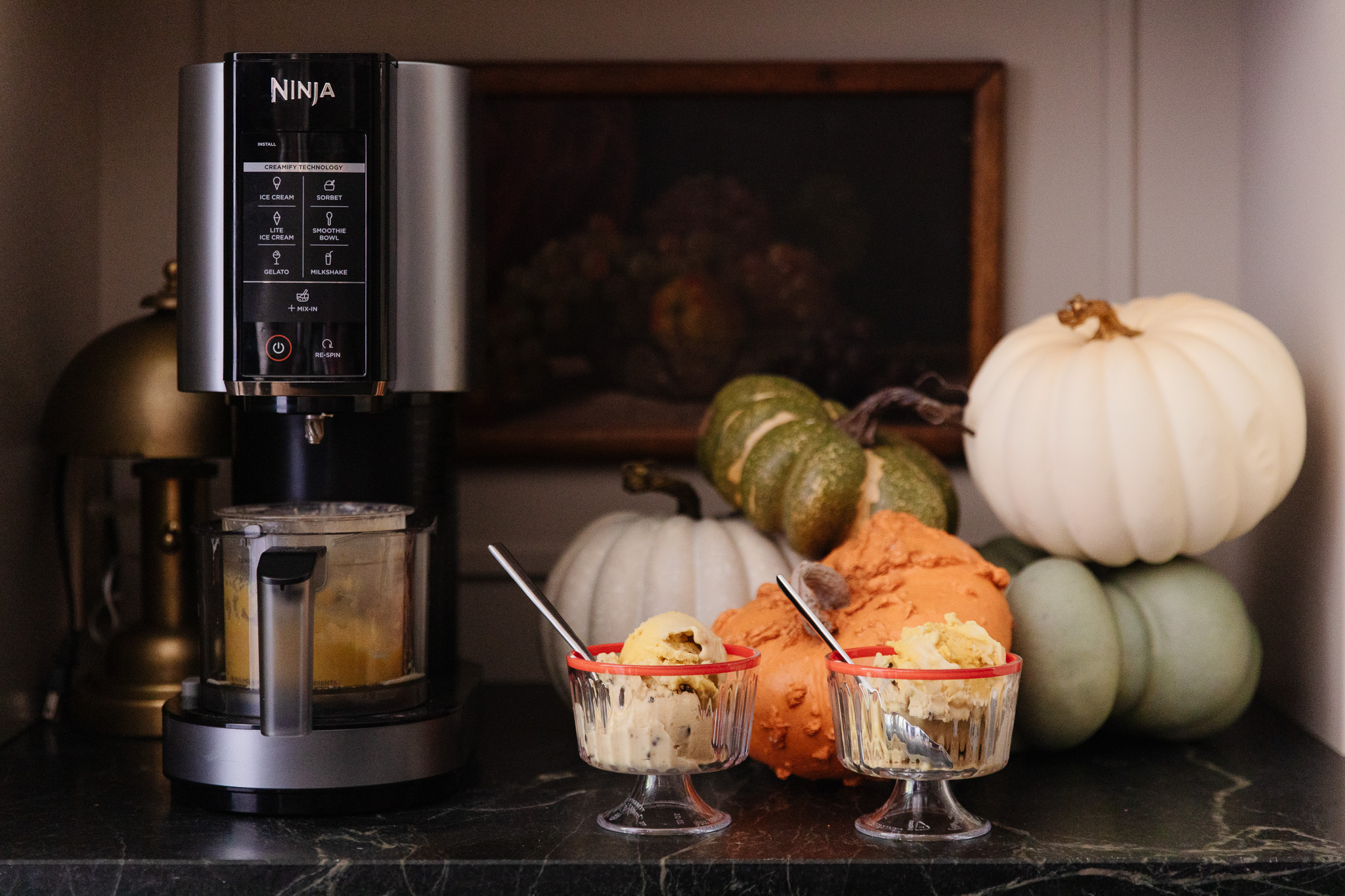

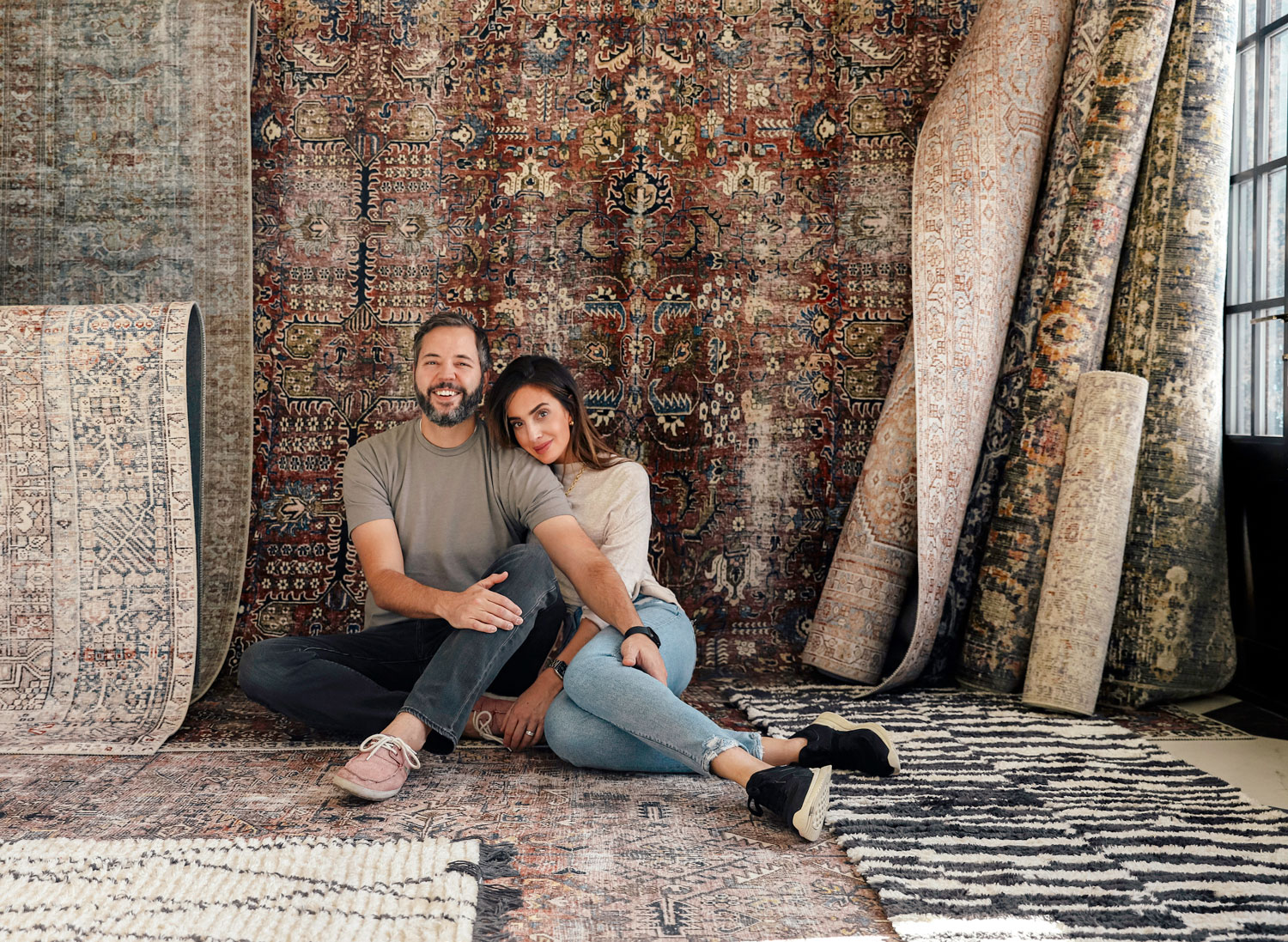
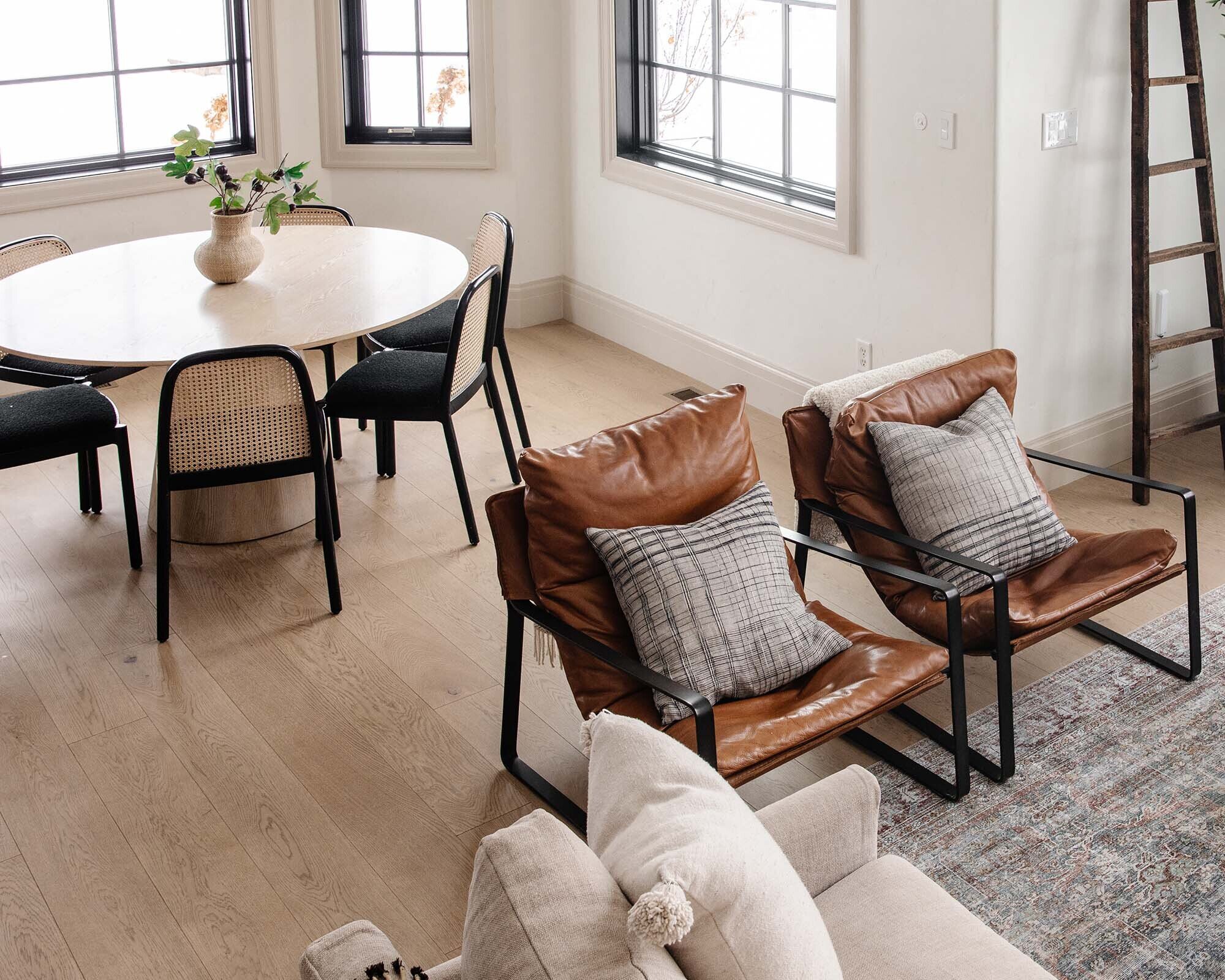
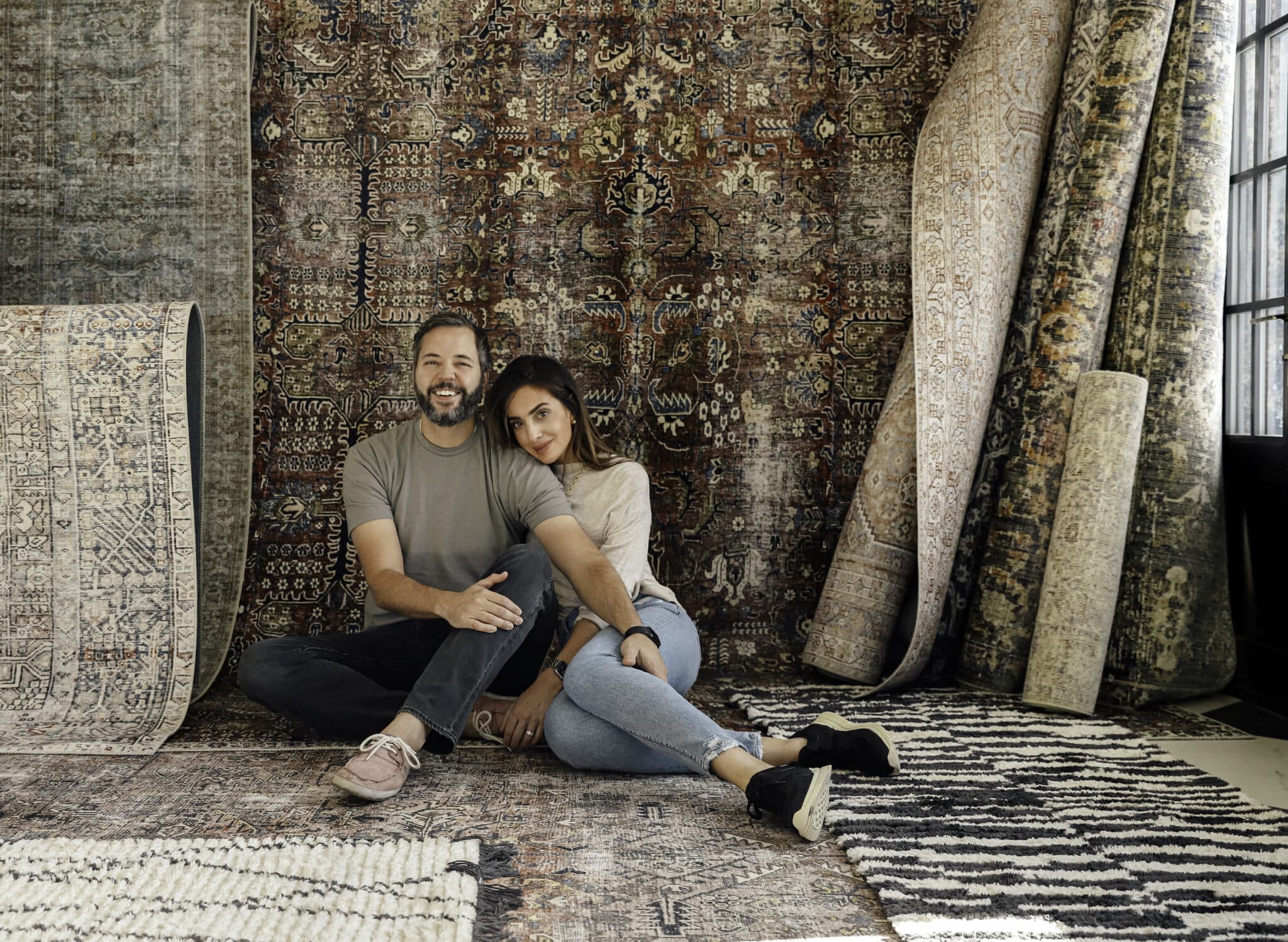


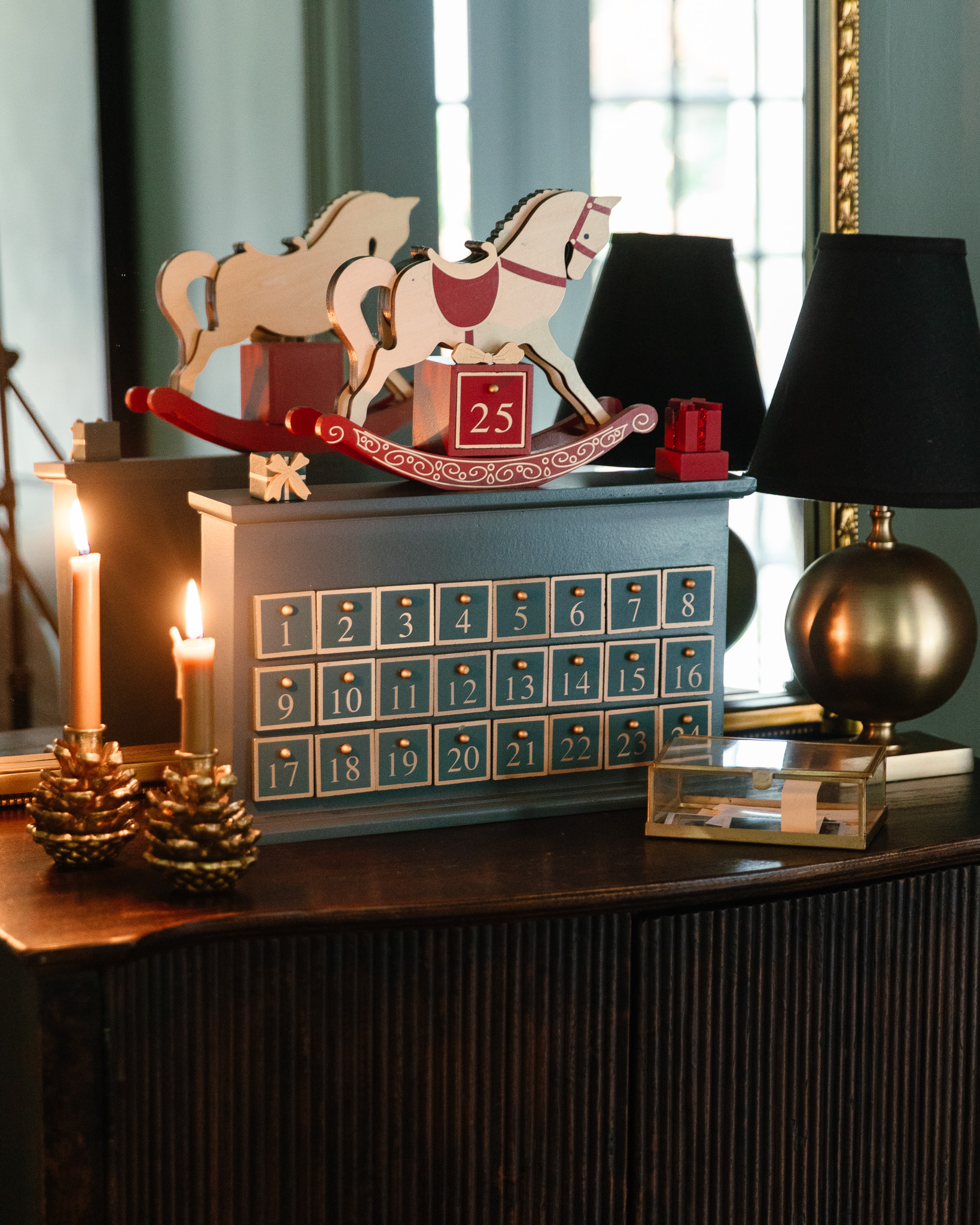
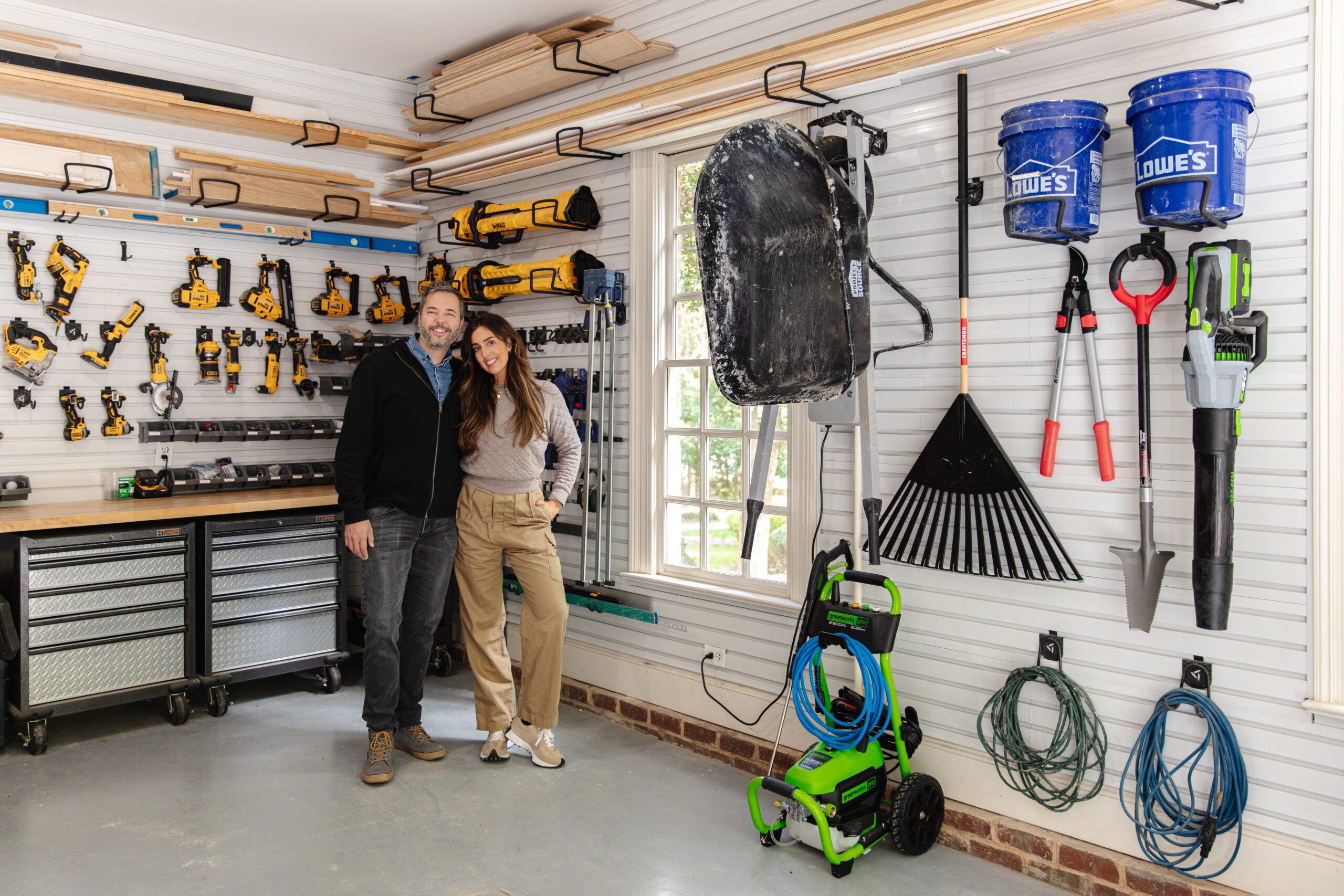
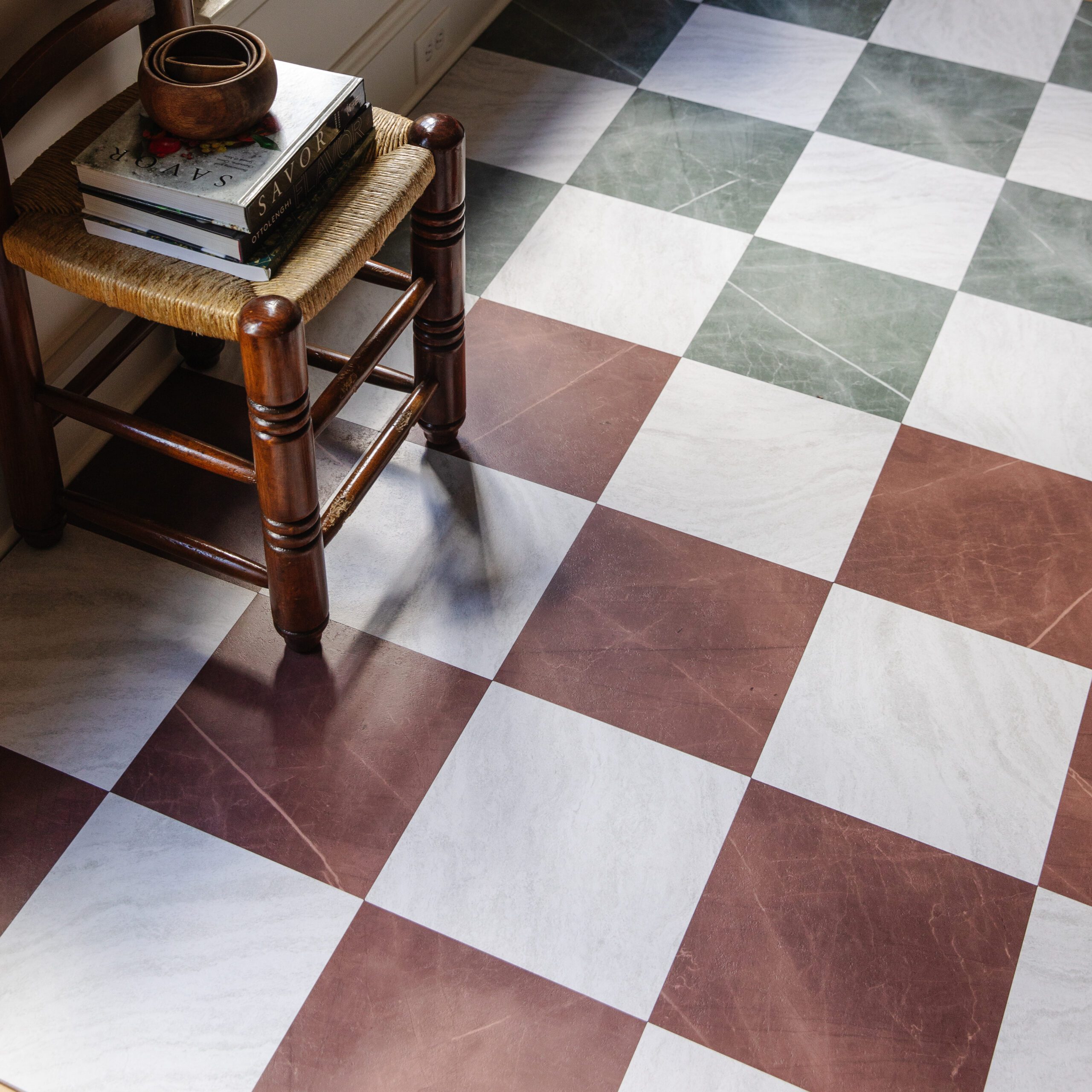
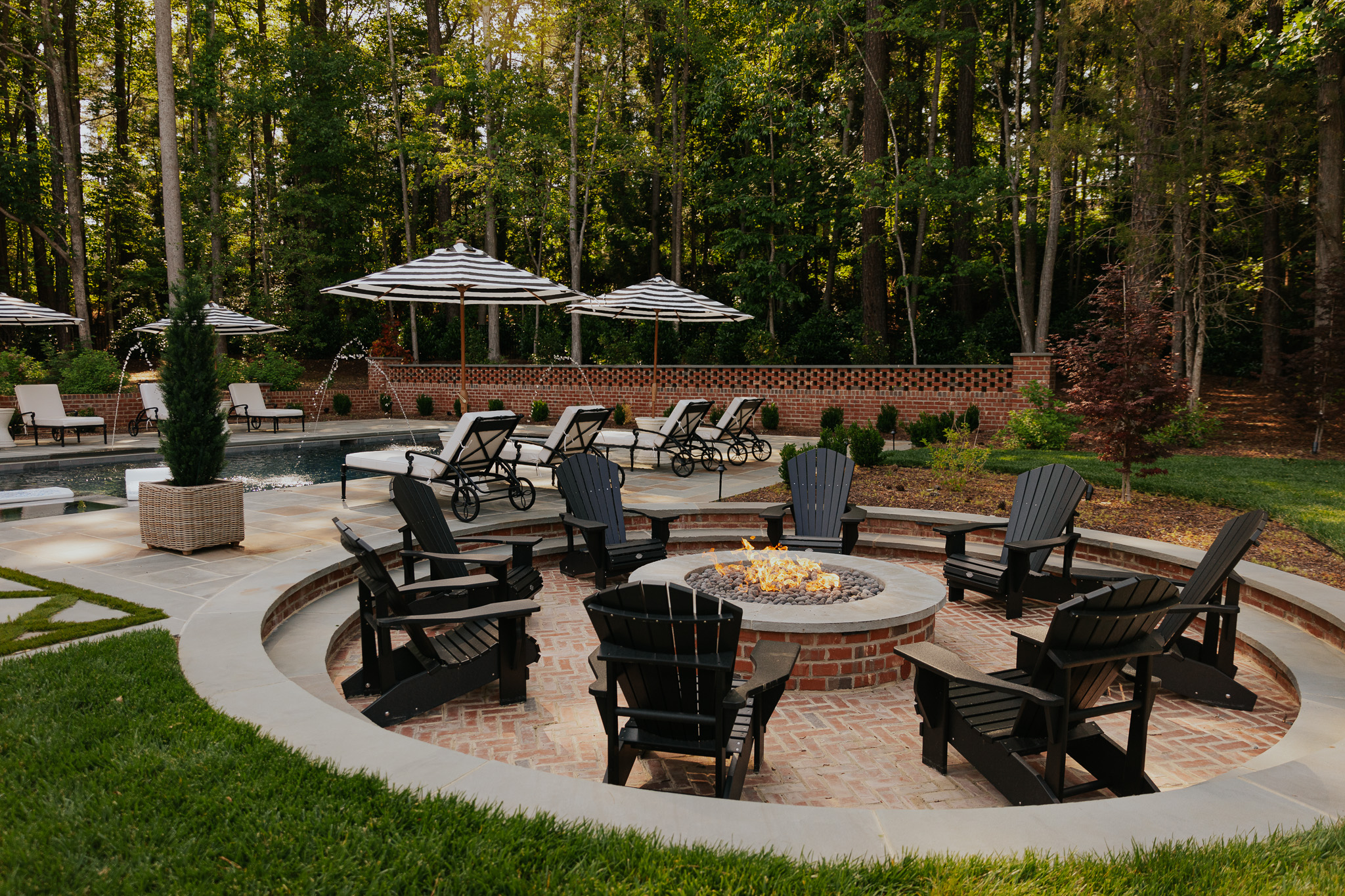

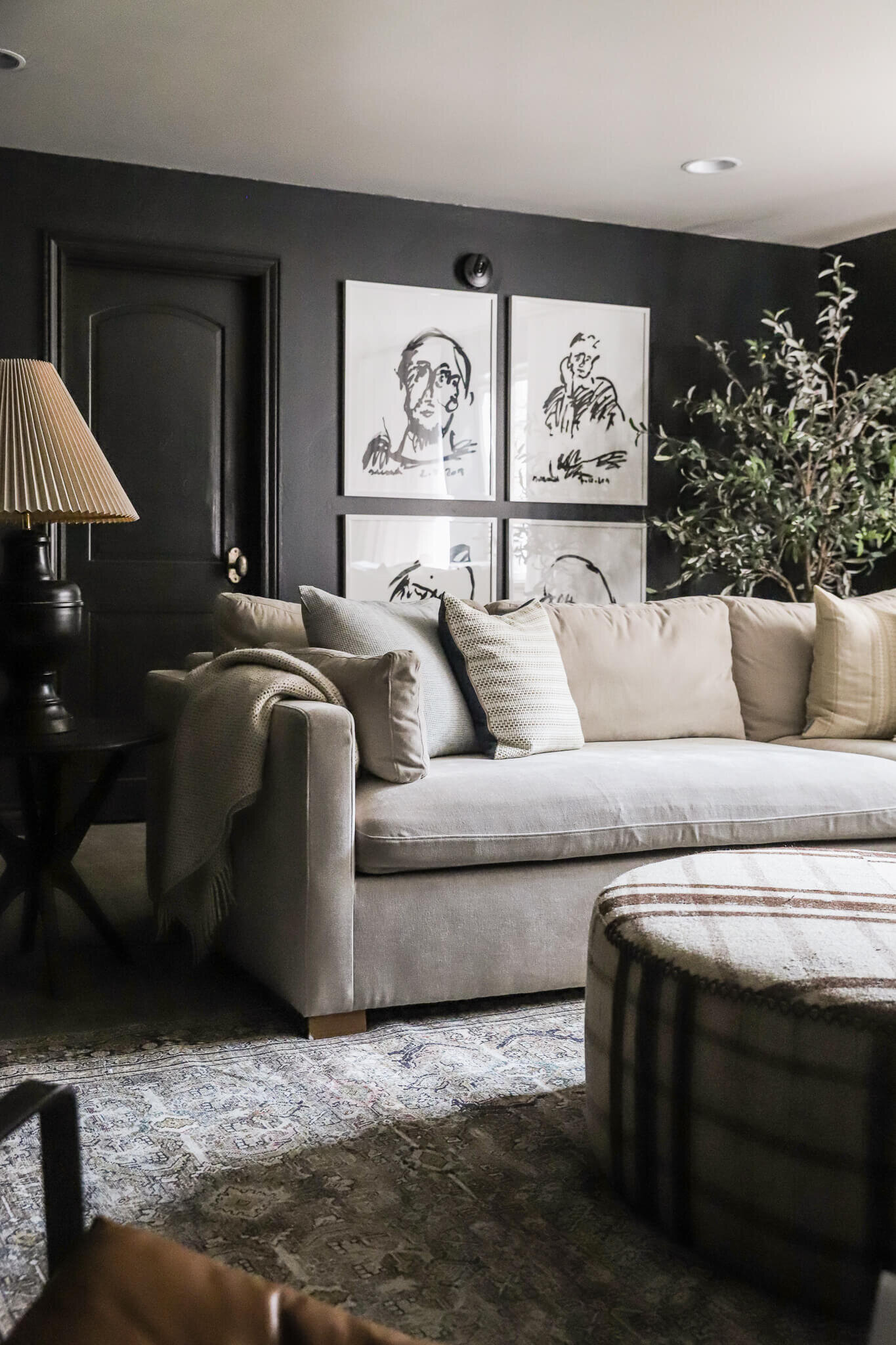
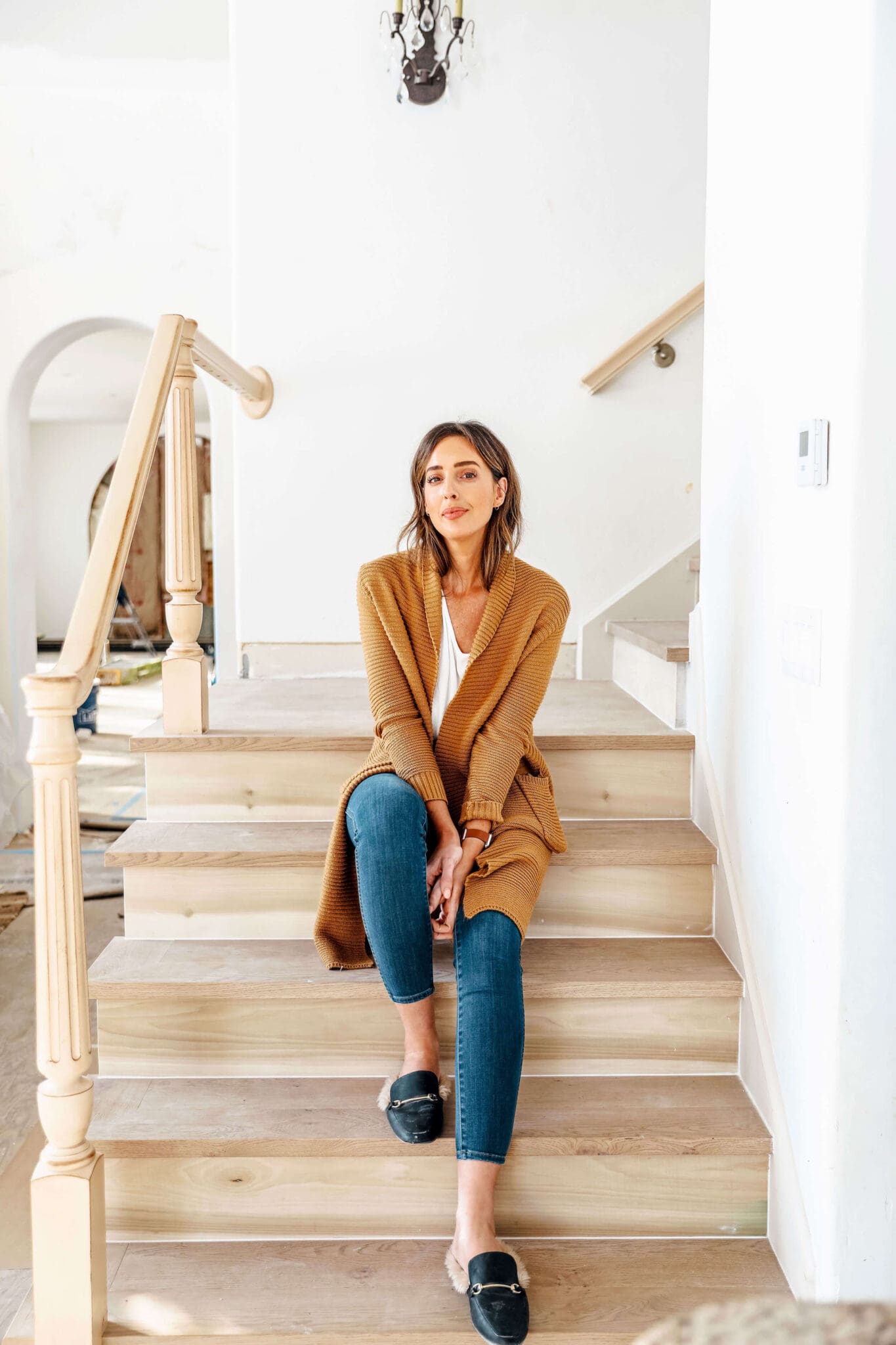









I think it is important to note that popcorn ceilings in older homes may contain asbestos, so before scraping or sanding a textured ceiling at all, it is wise to test for asbestos.
Thank you for sharing this information. At the beginning of the post, you said that you wallpapered orange peel walls. Did it work well? I have orange peel texture and I'm wondering if I need to go through all this process before I wallpaper. Thank you!
Will Kiltz work for primer?
Pro tip: Adding a little water to your joint compound to thin it to the consistency of cake icing will work MUCH easier on the wall for taping, floating and skimming. If you're filling nail or screw holes then straight of out the box is recommended.
I'm curious to know how Faye's room is coming along with the new bed installed. Will you show more updates on her room as well in the near future?
We'll be sure to share more as things happen but we aren't actively working on her room right now.
We have orange peel texture, can we do this to end with paint? No wallpaper? I want smooth walls! I will do every surface of wall if I have to! Trying to find any solution!
You totally can!!
Do you think I would need to do this for a hand troweled wall? It’s mostly smooth, but I’m afraid the lines will show through!
Great information. I would add that the area should be primed first with a drywall primer, and then either sized or primed with a primer specific for wallpaper. The more protection of your work will pay off someday when you remove the paper. If a wet rag leaves a dark wet spot, you need more protection.
Good to know- thank you teresa!
Did you do the ceiling too? I have the same texture and slants. Hoping to avoid the ceiling.
Yes! Thank you for mentioning this, Teresa Stinaldi. We are working on removing 1987 wallpaper from our powder bath, and it was applied over untreated drywall. It's very hard to remove and sometimes I wonder if we should have just demolished it all, given the repair needed.
Darn good thing you're tall! Makes this job a tiny bit easier. Looking forward to seeing the impact of wallpaper. I loved so many of your inspiration picks.
Hey guys! Quick question, I have orange peel textured walls and want to do some board and batten, would it work to do this same prep to smooth the wall out and avoid having to use a wood panel underneath the 1x4s? Thanks for sharing this technique!
Yes, absolutely!
Yay! Thanks so much :)
Thank you so much for posting this!!! My guest bath has horrible splotches of texture, and I've been dying to fix it, and up until now, thought I had to bring a professional in to do the work. I appreciate your effort in showing your how-to's as it empowers people like me to do things we never thought we could do ourselves, so thank you! :)
Would this be the same process for textured walls. We have orange peel texture on every surface and I would love to have smooth walls.
yes!
Hi! I asked this on IG, but I don't usually get responses there (not a criticism at ALL, I know you have tons of people asking you stuff, just wanted to clarify in case you see this question twice!)...how do you know if you need to smooth a wall for wallpaper? Or rephrased, how much texture/variation in a wall is acceptable before you would need to skim coat or otherwise fix it? I have an old house with old plaster walls and there's not a texture like you are showing, but more light dips and variation in the flatness of the wall. Would you guys do this skim coating for a situation like that as well?
I'm hoping to not have to do it, but this is a great video in case I do - thanks!!
The short answer is--it wouldn't hurt. But if your wall is generally flat, it might just mean doing this in spots. However, I will say that wallpaper detects significantly raised bumps/texture far more than the occasional divet
Hi! Do you think this process would work if we were removing old wallpaper and patching up the wall to paint it instead? Or is that a totally different animal? There are some spots where it didn't come off so easily and the wall looks a little (or a lot) beat up lol.
PS Can't wait to see what this looks like! Everything y'all have done so far has been stunning! :)
I just did this in our guest room but for painting the ceiling. I sprayed the ceiling lightly with a water sprayer (the type you pump and use to fertilize, etc. in the garden) and it helps soften the compound so the scraping is more effective. I also recommend using vacuum dust-free sanding attachments when sanding as it really keeps the dust at bay. They cost about $20, hook up to your shop vac and use screens instead of sand paper or blocks that are washable/reusable and give a better finish than sandpaper.
Hey guys!! I have a non related question for you, if you choose to respond. I have been following Jenny Komenda’s conversation about commenting etiquette. I realized I flat out have no idea about how/where to comment, if at all, on Instagram stories. Do comments made on Stories go to you as a direct message or are they collected in some other way? Should comments be reserved only for actual posts or is it ok to make a casual comment on a story. With so much content being included on stories now a days, I enjoy commenting from time to time, but you certainly don’t need a direct message from me and thousands of other people with one liners, emojis, etc. in your inbox. That turns it into work for you instead of support. I love participating with you and my other favorite influencers with comments, positive feedback and interaction that contributes to the dialog, but I want to make sure my lack of Instagram savvy isn’t being a negative impact. Thanks for clearing up my confusion in advanced. Maybe there are others who are also not clear here. :)
We love comments and engagement no matter the platform! It's impossible to respond to all of our DMs but we do what we can and appreciate the support